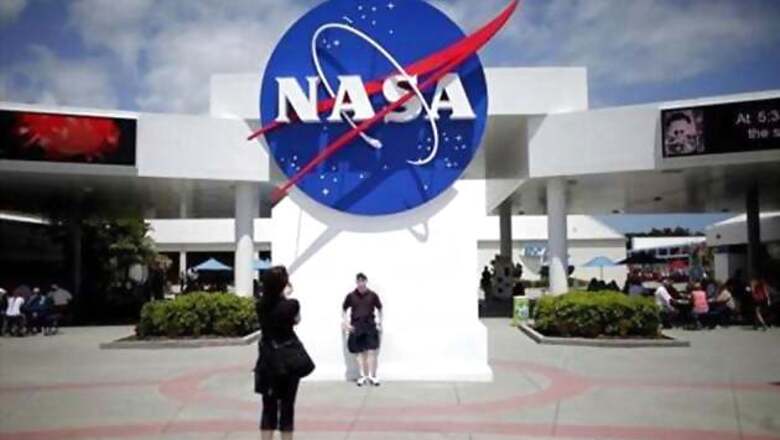
views
Washington: NASA's Mars rover Curiosity has made the first definitive detection of organic molecules, the building blocks of all known forms of terrestrial life, on the surface of the Red Planet.
The team responsible for the Sample Analysis at Mars (SAM) instrument suite on Curiosity found the organic molecules in a drilled sample of the Sheepbed mudstone in Gale crater, the landing site for the Curiosity rover.
Organic molecules consist of a wide variety of molecules made primarily of carbon, hydrogen, and oxygen atoms.
However, organic molecules can also be made by chemical reactions that don't involve life, and there is not enough evidence to tell if the matter found by the team came from ancient Martian life or from a non-biological process.
Examples of non-biological sources include chemical reactions in water at ancient Martian hot springs or delivery of organic material to Mars by interplanetary dust or comets.
Scientists believe the Gale crater was once the site of a lake billions of years ago, and rocks like mudstone formed from sediment in the lake.
While the research team can't conclude that there was life at Gale crater, the discovery shows that the ancient environment offered a supply of reduced organic molecules for use as building blocks for life and an energy source for life.
Curiosity's earlier analysis of this same mudstone showed that the environment offered water and chemical elements essential for life and a different chemical energy source.
"We think life began on Earth around 3.8 billion years ago, and our result shows that places on Mars had the same conditions at that time liquid water, a warm environment, and organic matter," said Caroline Freissinet of NASA's Goddard Space Flight Center in Greenbelt, Maryland.
"So if life emerged on Earth in these conditions, why not on Mars as well?" said Freissinet, lead author of the paper on this research submitted to the Journal of Geophysical Research-Planets.
The organic molecules discovered also have chlorine atoms, and include chlorobenzene and several dichloroalkanes, such as dichloroethane, dichloropropane and dichlorobutane.
Chlorobenzene is the most abundant with concentrations between 150 and 300 parts-per-billion. Chlorobenzene is not a naturally occurring compound on Earth and is used in the manufacturing process for pesticides, adhesives, paints etc.
Dichloropropane is used as an industrial solvent to make paint strippers, varnishes and furniture finish removers.
It's possible that these chlorine-containing organic molecules were present as such in the mudstone.
However, according to the team, it's more likely that a different suite of precursor organic molecules was in the mudstone, and that the chlorinated organics formed from reactions inside SAM as the sample was heated for analysis.
Perchlorates (a chlorine atom bound to four oxygen atoms) are abundant on the surface of Mars. It's possible that as the sample was heated, chlorine from perchlorate combined with fragments from precursor organic molecules in the mudstone to produce the chlorinated organic molecules detected by SAM.




















Comments
0 comment